Eco-Responsible Ceramic Studios
8/13/21, 11:00 AM - 12:30 PM
This panel presentation and conversation will delve into current and forward-thinking environmental approaches to ceramic studios from a variety of perspectives. Panelists will discuss their individual studio practices, institutional efforts towards sustainability, developing ceramics resources, and shifts that are taking place in the ceramic industry today. This event will be streamed live via Zoom and Facebook.
This event was planned in conjunction with Craft in America’s Artist Studio EcoGuide. This accessible resource, for all artists, across media, will provide adoptable ideas for improving the eco-footprint of art making. The launch of this vital project presents an opportunity for artists and the public to weigh in and generate a blueprint that can make an impact.
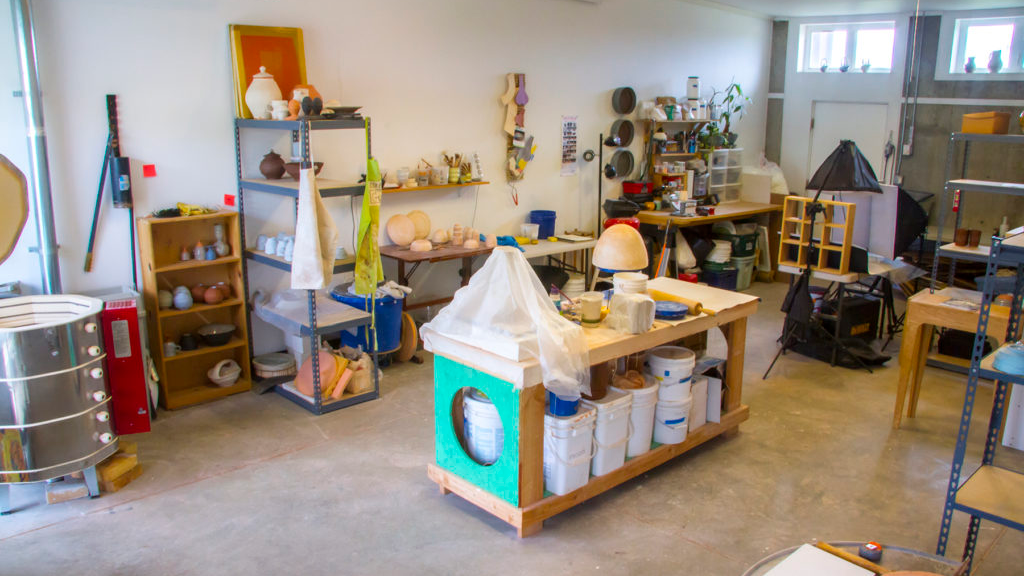
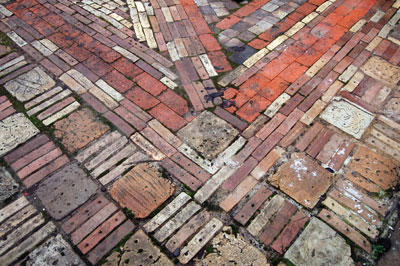
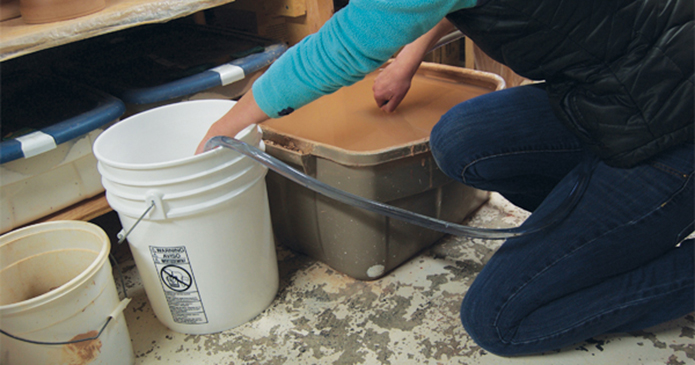
About the Panelists:
Julia Galloway is a utilitarian potter and professor at the University of Montana, Missoula who serves as Director at Large of NCECA and on the NCECA Green Task Force. Her online Ceramics Field Guide is a comprehensive aid for professional practices that outlines many of the key environmental concerns facing ceramics.
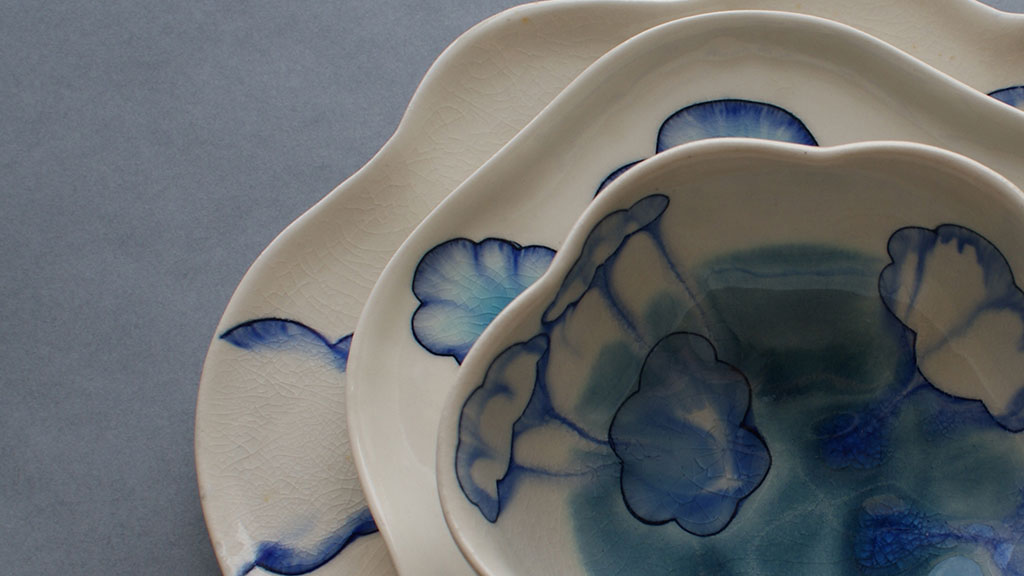
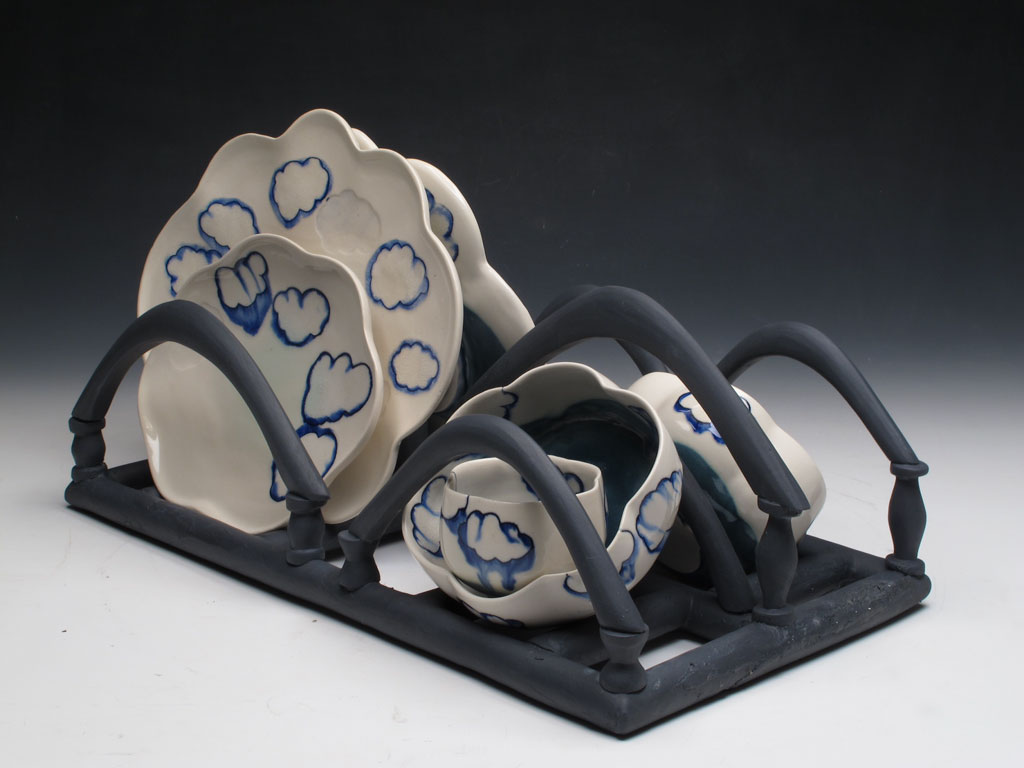
Dr. Wendy Gers is a London-based curator and eco-activist scholar specialized in Modern and contemporary ceramics. She is a member of the NCECA Green Task Force and an elected Council Member of the UNESCO affiliate, the International Academy of Ceramics. She recently launched Clean Green Ceramics, an education, accreditation, certification, and support body that assesses environmental management for ceramics artists and places where ceramics are made (residencies, studios, education institutions, potteries etc).
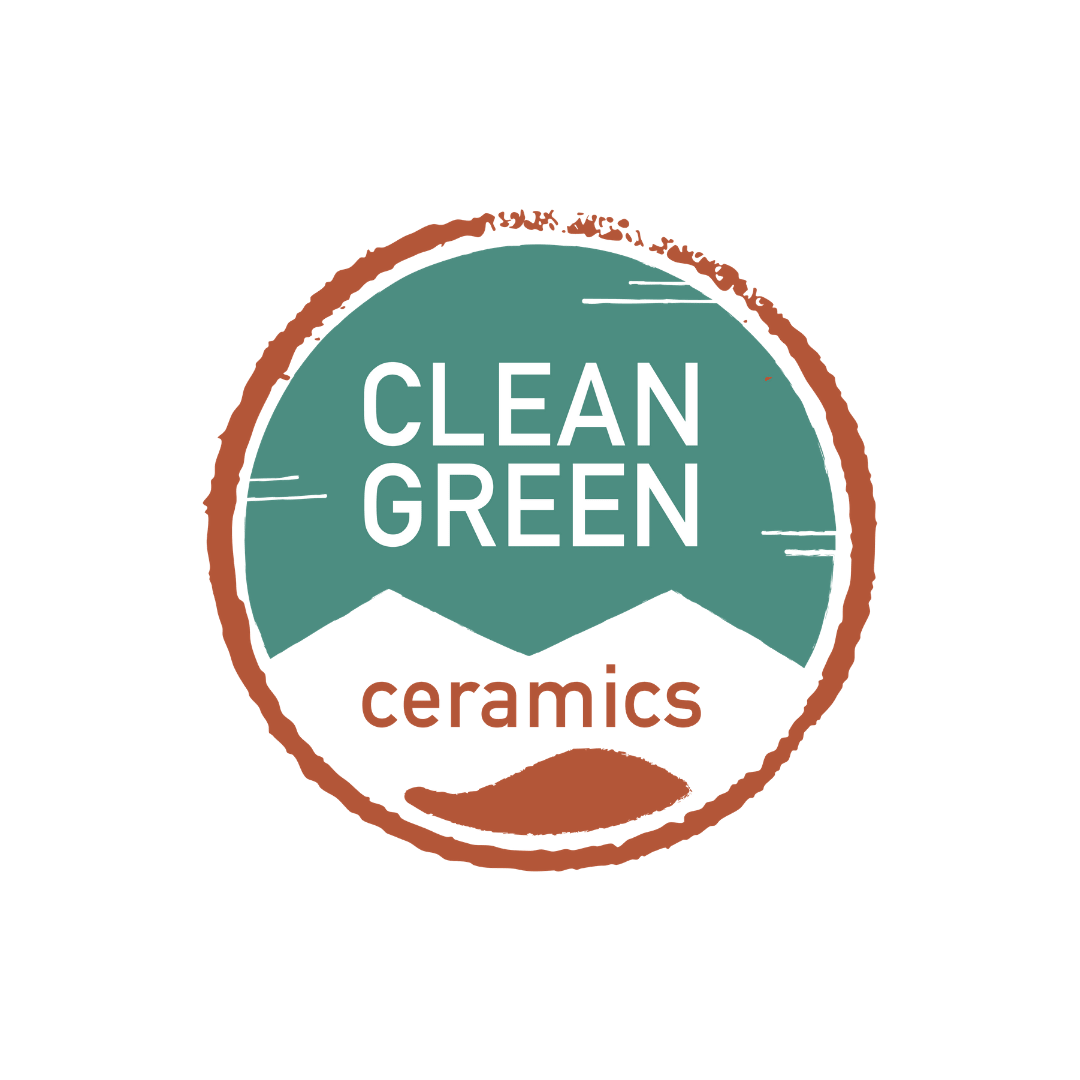
Steven Portigal is a Los Angeles artist and educator whose endeavors in the studio and professorial career have been intertwined with ceramics and sculpture. Portigal held the position of professor of ceramics and three-dimensional design at Cerritos College for more than twenty years, serving as the chair of the Art and Design department from 2000-2008. His practice and teaching has examined the carbon footprint of ceramics and climate change.
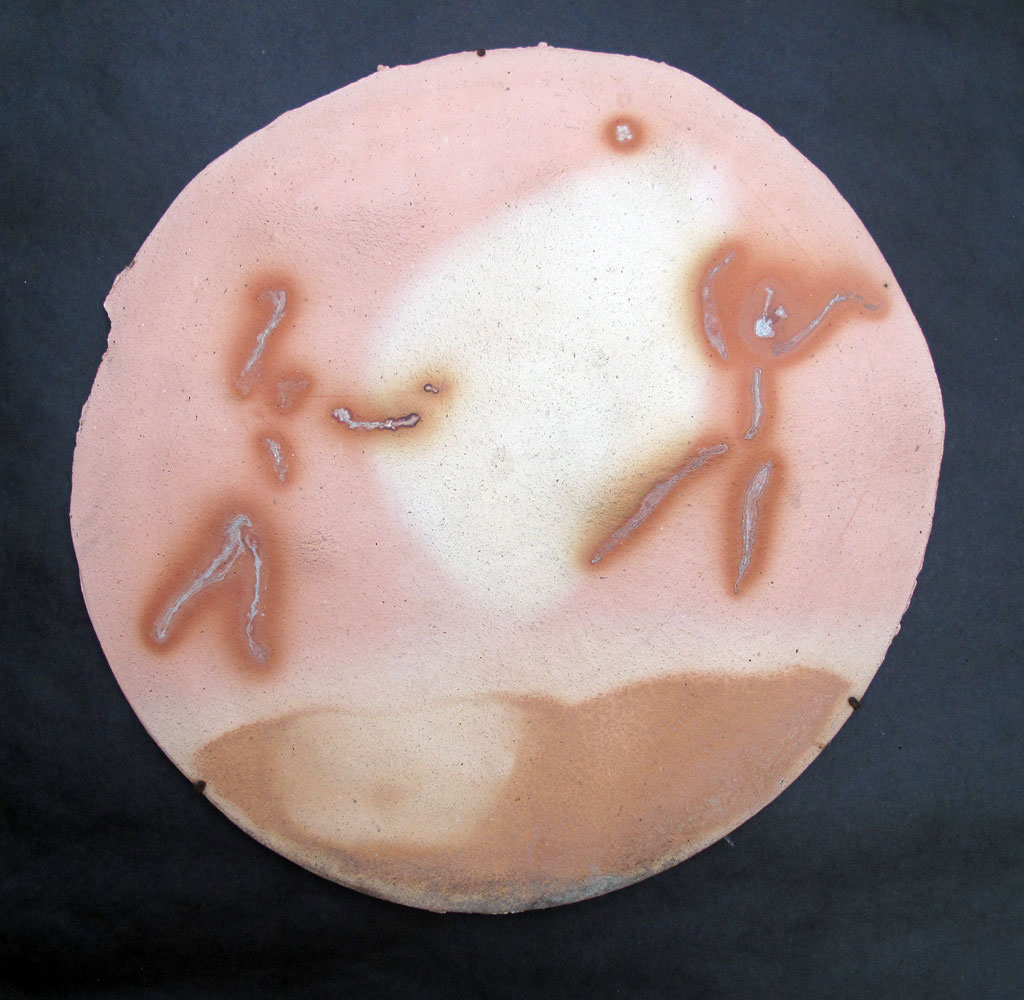
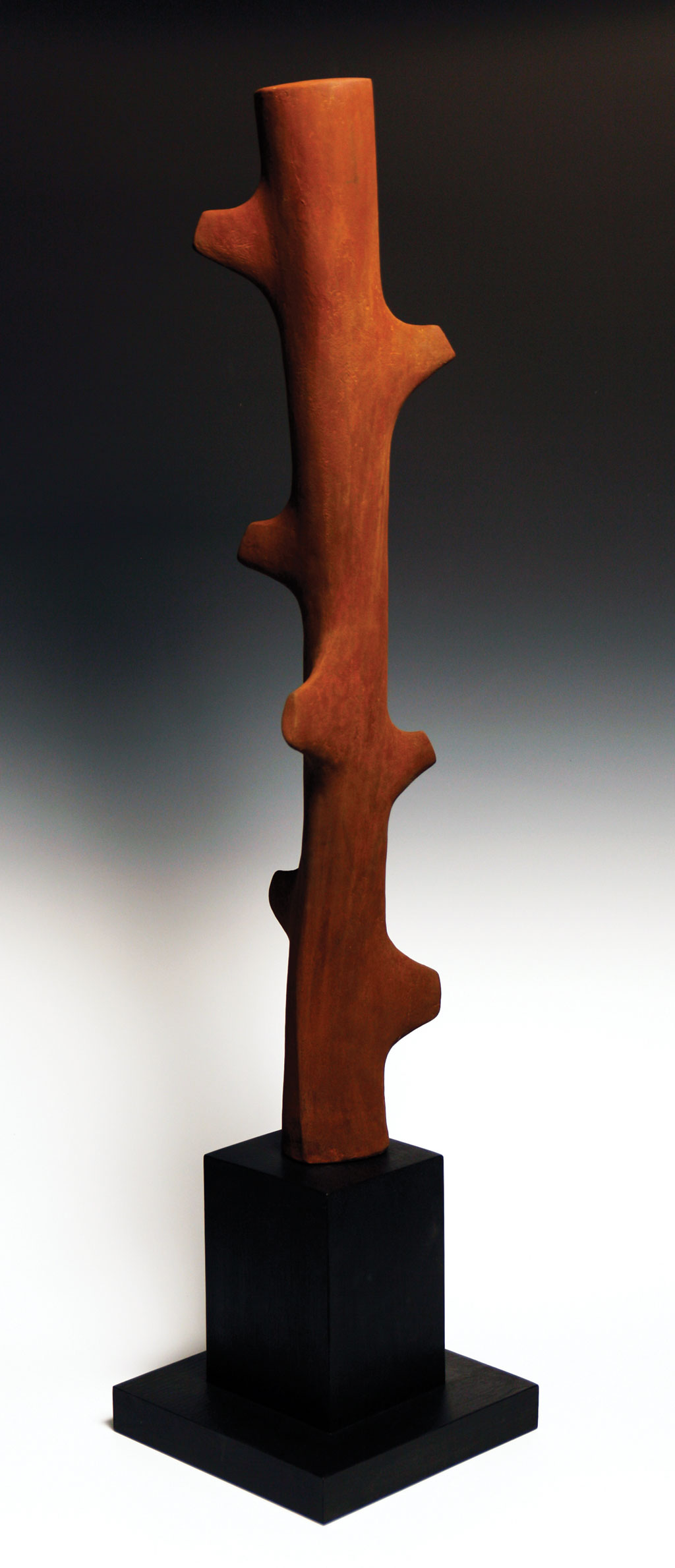
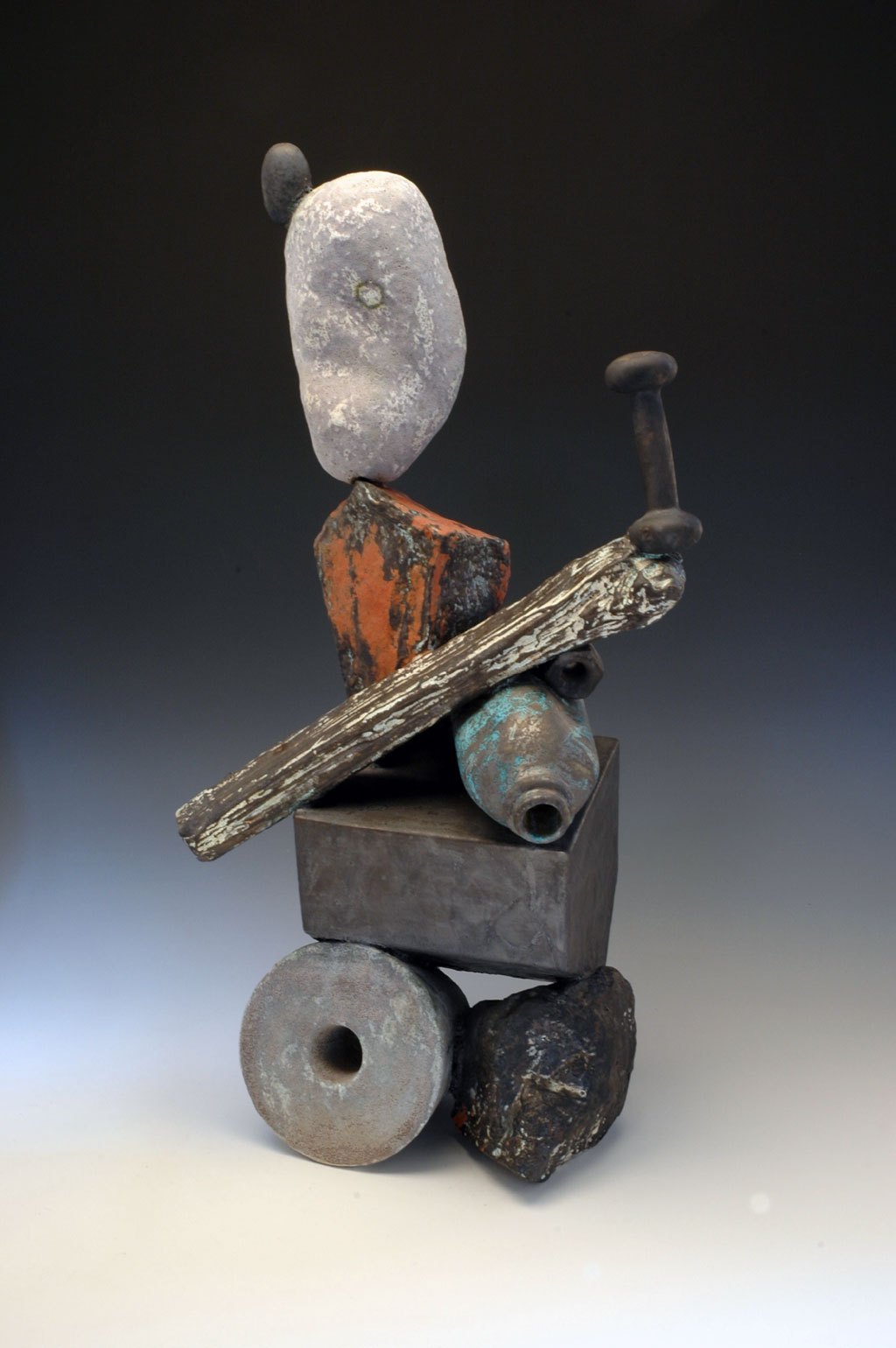
Joan Takayama-Ogawa is a ceramic artist and professor of Product Design and Ceramics at Otis College of Art and Design. With her initial background in environmental studies, she has guided sustainability efforts on campus and is equally dedicated to visionary green practices in her personal studio in Pasadena, CA.
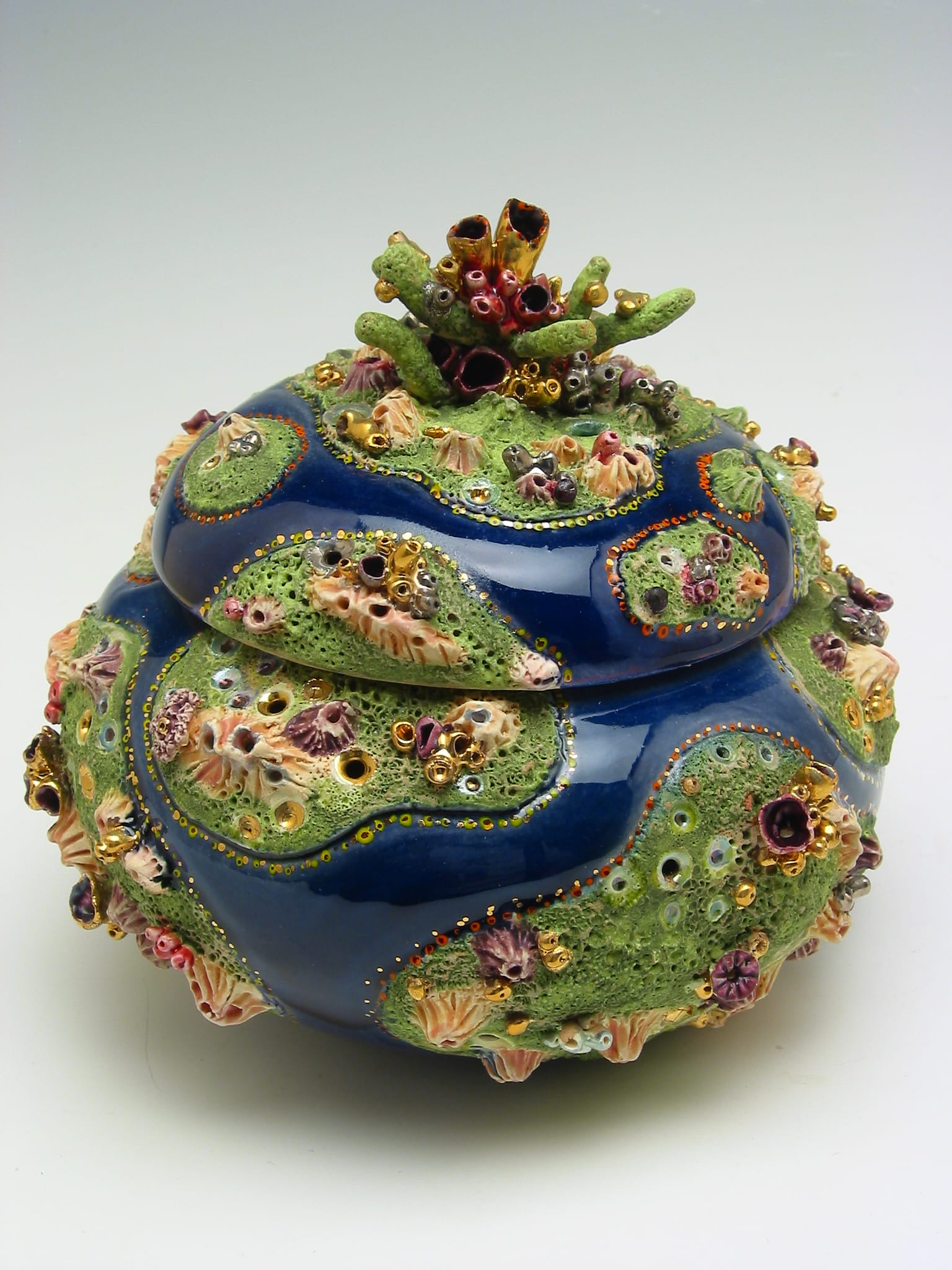
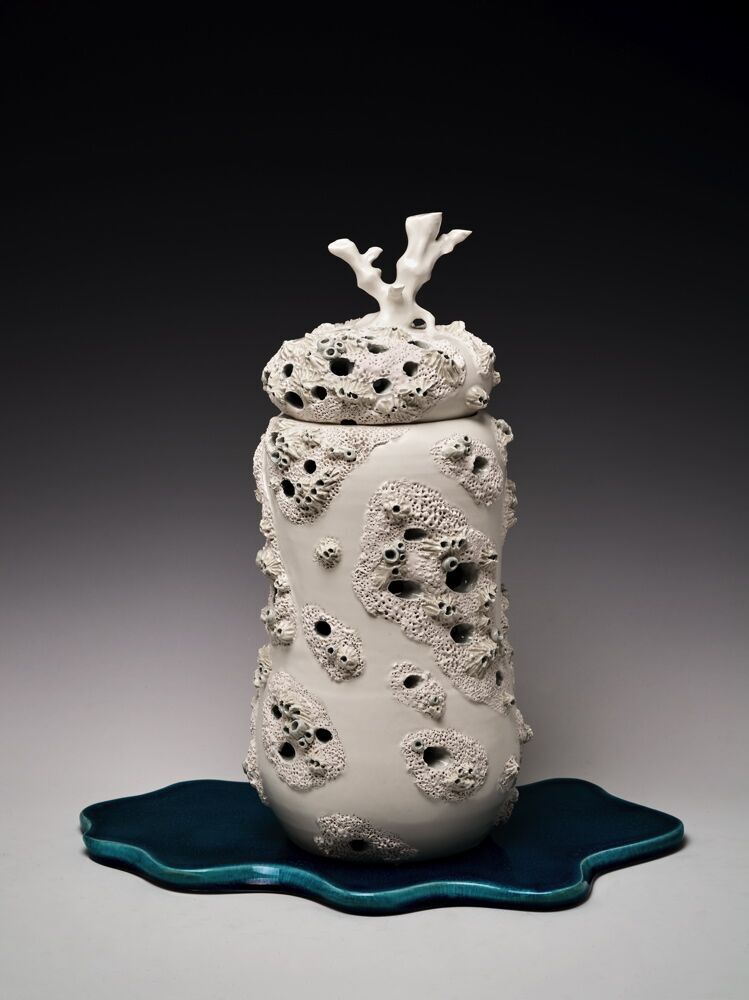
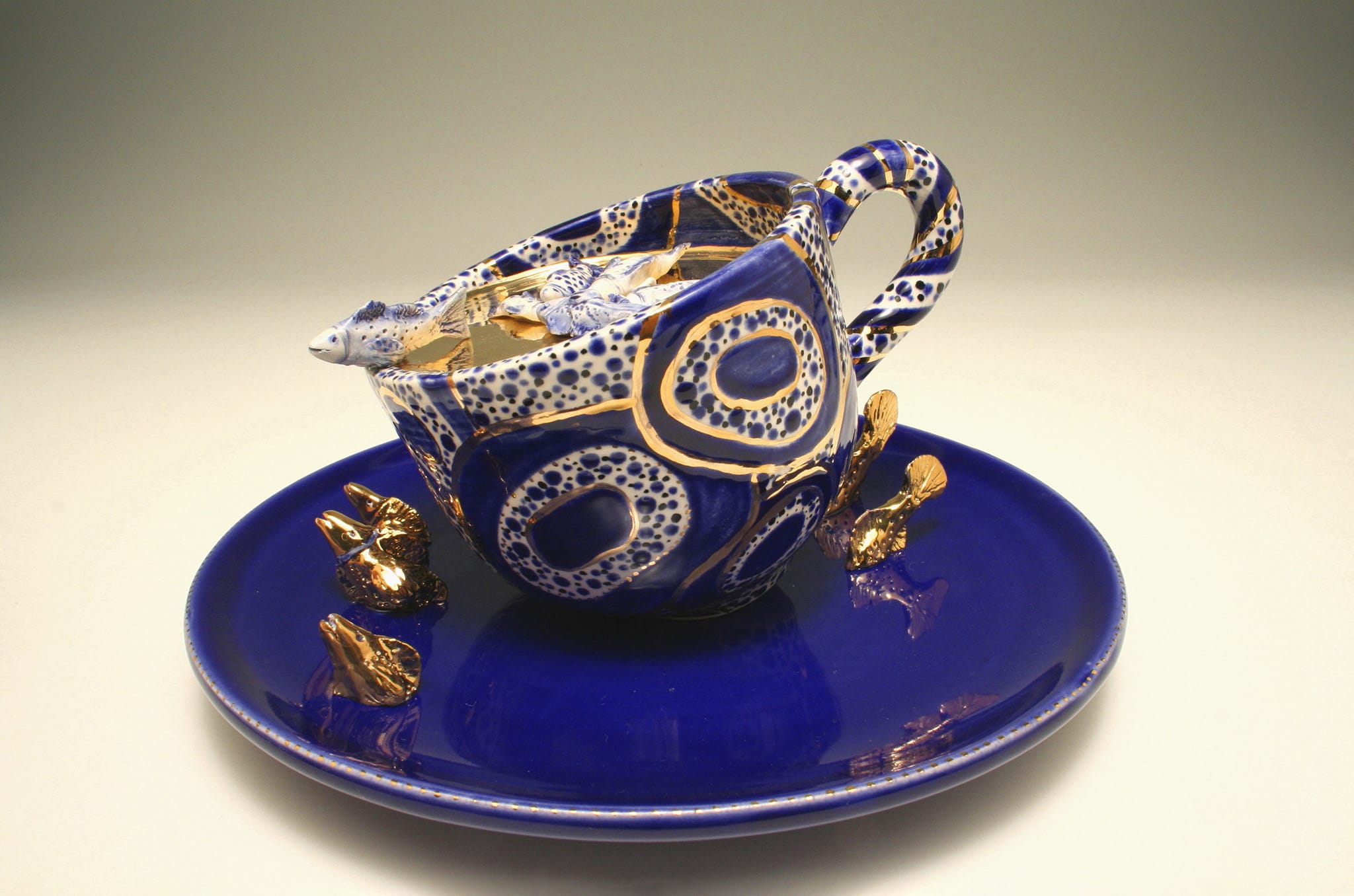
Bryan Vansell, President and owner of Laguna Clay Company, is a leading entrepreneur at the forefront of the ceramics industry. With decades of experience from the industrial perspective, he is guiding the company to respond to environmental concerns and increasing interest in local and low fire clays and glazes.
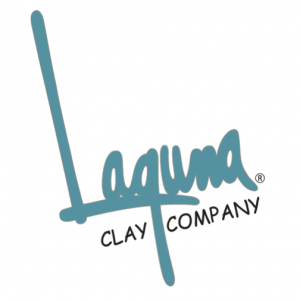
The (ceramic) Elephant in the (class)room. by Steven Portigal
3/8/11. Revised 8/6/21
“But you and I, we’ve been through that and this is not our fate
So let us not talk falsely now the hour is getting late.”
Bob Dylan, All Along the Watchtower
As I become increasingly concerned about the impact of global warming on our planet, I am considering ways that will allow us to continue to work with clay while at the same time reduce our energy consumption. Every time I fire a kiln, either in my studio or at school, I am cognizant of the effect on the environment. Over the course of my career,
I have made thousands of ceramic forms, both pottery and sculpture. In the process, I have consumed a lot of fossil fuels, probably more than my share. When I factor in the work of my students for the past thirty-plus years, the number of fired pieces would reach tens of thousands. There are a lot of ceramic artists in this world with similar stories.
Ceramics is one of many human activities that burn fossil fuels and release greenhouse gases during the production process, whether using gas or electric kilns. I doubt that scientists studying climate change have given much thought to ceramics specifically as a source of our climate issues. If they have, emissions from ceramics would be found to be a portion of all industrial emissions of carbon dioxide which, according to the U.S. Environmental Protection Agency, constitute 20% of the total of U.S. emissions. Ceramics is a small part of a much larger problem. However, given what is at stake, we should give it some serious thought, and search for effective solutions. For those of us who are teachers, this is an opportunity to inform our students about the impact of human activity on our planet.
The sculptures I have included in this exhibit are a commentary on our present dilemma. Two of them (the third is made of recycled wood) also offer a suggestion of one possible way forward that requires much less energy. They are modular forms, once-fired in a small electric kiln to a relatively low temperature and treated with non-traditional surfaces that require no additional firing. The solutions to making ceramics more environmentally sound mirror the solutions found in other arenas—reduce waste, increase efficiency, use local materials and products, recycle. We will find a way forward that preserves both the environment and the rich ceramic tradition which has played such a significant role in the development of humanity.
Since then, I decided to stop using clay and firing altogether. I am now using reclaimed wood, found metal, and other recycled materials, including my own discarded fired ceramic forms in my current work.

This project is supported by a grant from the City of Los Angeles Department of Cultural Affairs, www.culturela.org.


Additional support for the Craft in America Center is provided by the California Arts Council, a state agency (learn more at www.arts.ca.gov) and the Los Angeles County Board of Supervisors through the Los Angeles County Department of Arts and Culture (www.lacountyarts.org).
,,,,,
